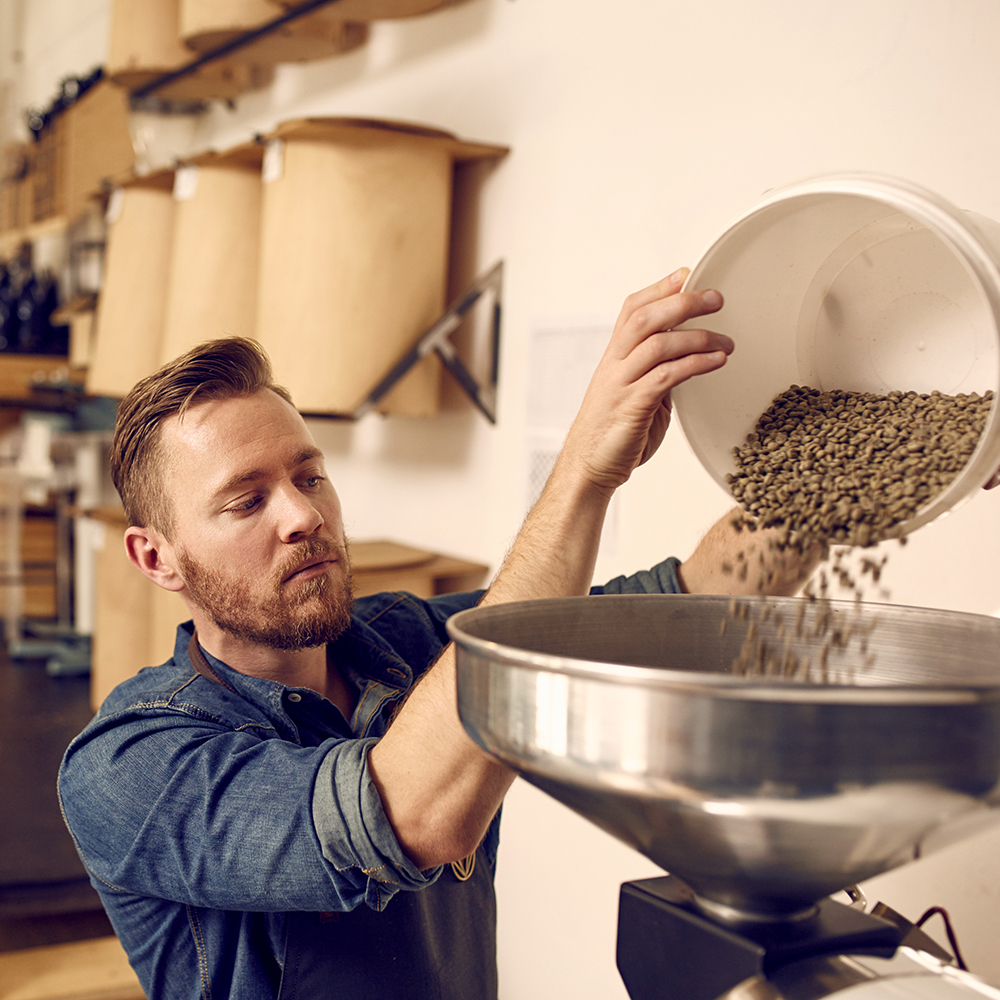The global marketplace provides a vast array of food choices and helps to regulate prices by providing out of season food at nearly any time of year.
“Where” food comes from can help consumers make choices about what is important to them – affordability, fair wages for farmworkers, use of pesticides, natural resource stewardship – but “who” food comes from is arguably more important for those focused on shopping locally. Despite the U.S. food production system being the most regulated and safest system in the world, a label noting food is “from the U.S.” seems to be marginally impactful according to the research around COOL.
Tracking “who” food comes from is not new. When smartphones gained popularity, egg producers in Germany conducted a study to determine if there was a way to introduce purchasing loyalty by including a scannable code on a carton of eggs. When the code was scanned, a picture and short biography of the farm owner or an employee of the farm would pop up and “tell” the customer about the person who helped “raise” their eggs. The study found customers were more likely to buy the eggs with the carton code than other eggs because the consumer felt a connection with the people involved in the egg-raising process.
In the U.S., there are similar marketing pushes in television, radio, and internet ads. One of the best examples of “who” your food comes from are the marketing campaigns from Sargento Cheese. By providing a personal connection for consumers, the company gives a “face” to their product rather than relying on corporate recognition. Sargento’s ads give their customers a sense of being part of something when they buy the company’s products.
COOL relied upon patriotism and a sense of loyalty to the “Made in the USA” ideal to gain customer loyalty. Unfortunately, data suggests it fell short.
Twenty years ago, Congress passed a law making COOL mandatory for muscle cuts and ground meats and poultry, wild and farm-raised fish and shellfish, some nuts, fruits, and vegetables. The discussion behind the law centered around providing consumers information about what country their food came from and explaining more of the food supply chain with indicators for where an animal was born, raised, and harvested or where a crop product was grown.
The COOL plan was partially implemented in 2007, five years after the original law was signed. By 2014, the World Trade Organization (WTO) ruled COOL violated WTO rules for international marketing and ordered the U.S. to repeal the law if it wished to be a WTO participant. A year later, COOL had been repealed. In 2016, the Consolidated Appropriations Act required retailers to “notify their customers of country of origin” for some food items.
Research from the USDA noted there was no economic benefit for producers or consumers during the use of COOL. Recent numbers suggest the market is somewhat more resilient without COOL: “Further reinforcing those observations, per capita beef expenditures grew at an annual rate of 3.32% while COOL was in effect (’09-’15). That rate jumped more than 50 basis points to 3.84% during the following six years (’16-’21). … It means the same amount of total growth has occurred in six years since COOL versus requiring seven years to achieve the same level while COOL was in effect.”
As we head into the next Farm Bill cycle, it is important for producers and consumers alike to keep these data in mind.
If producers want to find a way to ensure brand loyalty and consumers want more information about the business practices of the people responsible for producing their food, perhaps the next evolution of COOL is “person of origin labeling” that includes a QR code or some other means for consumers to “meet” the food producer via a digital profile or website rather than relying on locale to be enough to inspire loyalty purchasing. By providing a “personal” connection to “who” produced a product, farmers and ranchers may yet capture the intended audience envisioned during the roll out of COOL 20 years ago.
Pam Lewison is a farmer, Pacific Research Institute fellow, and director of the Washington Policy Center’s Initiative on Agriculture.


